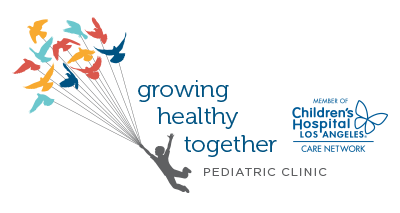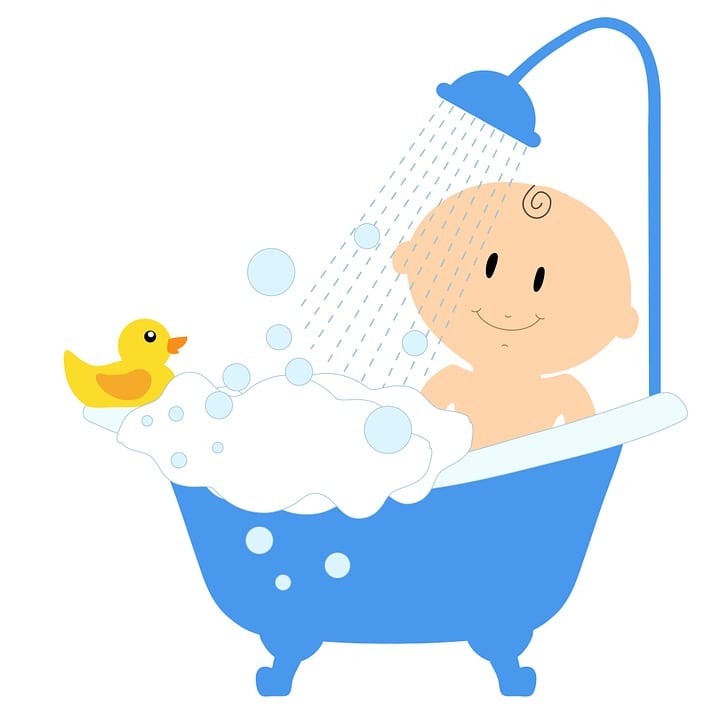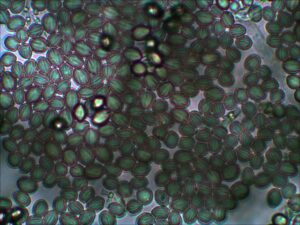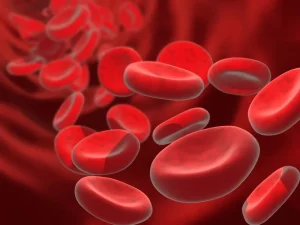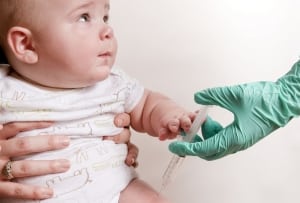Atopic Dermatitis
Atopic dermatitis is the most common type of eczema in children and infants. Firstly, it is a condition that makes skin dry and/or itchy. Children with atopic dermatitis go through periods of flare-ups followed by periods of remission from infancy through childhood. Some kids outgrow it, though some still have eczema as adults. Also, some adults with atopic dermatitis may have flare-ups, which are typically less severe.
Eczema sufferers have itchy, dry, red, swollen and sore skin. Scratching seems like it may provide relief, but it will generally make things worse. As a result, some children have rashes that leak clear fluid. Furthermore, rashes crust over and your skin becomes scaly. Common places for atopic dermatitis are in elbow creases, behind the knees, on cheeks, and on the buttocks.
Even more important to note, atopic dermatitis is exacerbated by anxiety, stress, temperature changes, humidity, irritants, scratchy materials (wool), allergens and infection.
How to Decrease Flare-ups
- Wash hands only when necessary
- Use mild, unscented soap
- Dry hands completely after washing
- Avoid wool and synthetic fabrics (choose cotton)
- Avoid irritants like household cleaners, detergents, gasoline, etc.
- Keep bathing water temperature lukewarm (not hot)
- Soak in a tub without a bubble bath or soaps for 10-15 minutes to absorb moisture
- Immediately after drying off from a bath, apply a moisturizer to seal in moisture
- Take a bleach bath
Bleach Baths
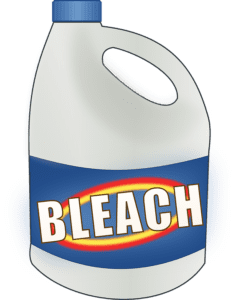 According to the American Academy of Dermatology, bleach baths can help to decrease inflammation and infections associated with eczema. Bleach has antibacterial properties that can decrease the presence of harmful bacteria and viruses on the skin surface. Bleach can be drying for the skin, so it is important to only use this therapy a few times a week at most. Above all, it’s important to follow the recommendations of your healthcare provider and/or dermatologist.
According to the American Academy of Dermatology, bleach baths can help to decrease inflammation and infections associated with eczema. Bleach has antibacterial properties that can decrease the presence of harmful bacteria and viruses on the skin surface. Bleach can be drying for the skin, so it is important to only use this therapy a few times a week at most. Above all, it’s important to follow the recommendations of your healthcare provider and/or dermatologist.
How to Prepare a Bleach Bath
Use regular 6% bleach without additives or higher concentrations. Most importantly, make sure to add only the recommended amount of bleach and no more. For a full bathtub of water, add half a cup of bleach. For a half bathtub of water, use a quarter cup of bleach. And, for smaller basins, use 1 teaspoon of bleach per gallon of water.
Pour the bleach into running bath water and wait until the bath is full to enter. Hot water can also dry out skin, so it is important to use lukewarm water. Certainly, never submerge your head in a bleach bath. Soak from the neck down for 5-10 minutes. Then, gently rinse off skin in a lukewarm shower. And, never apply bleach directly to the skin.
Finally, gently pat skin dry with a white towel to avoid staining. If you have eczema medication, you can apply it after drying, followed by a moisturizer.
Resources for More Information:
- https://www.aad.org/public/diseases/eczema/childhood/itch-relief/bleach-bath
- https://www.youtube.com/watch?v=MSN05lnQrdI
- https://ghtkids.com/holistic-care/eczema/
For parents trying to ease their kids into eating food, Spoonful One is a great product that helps protect your baby from developing food allergies. For questions or concerns, respond to this blog or contact us.
